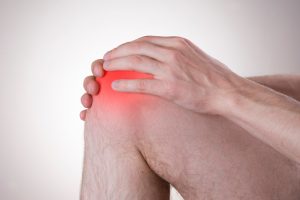
Articular cartilage acts as a cushion and shock absorber for the joints. The study found that the flow of interstitial fluid may be associated with osteoarthritis-induced structural changes. Damage to the solid parts of the cartilage enhances the fluid flow from the cartilage, weakening its stiffness under static loading. Increased fluid flow seems to be the first functional change indicative of osteoarthritis.
Collagen network architecture is most susceptible to osteoarthritis-induced changes. Collagen protection would be an effective measure in slowing down the progression of osteoarthritis.
Carbohydrate-binding proteins promote inflammation in osteoarthritis
Researchers from the MedUni Vienna Department found elevated levels of galectin, a carbohydrate-binding protein, in osteoarthritis patients. Until now, its role was widely unknown, but the latest findings offer an insight into the protein’s contribution to osteoarthritis.
Researcher Stefan Tögel said, “For the very first time, our study showed that galectin-1 triggers inflammation rather than the inflammation triggering secretion of this protein.”
Galectin-1 is an example of a carbohydrate-binding protein in humans. In osteoarthritis, this protein is over-expressed in the joint cartilage – and the worse the degeneration of the joint, the more of it is secreted. G
Osteoarthritis is characterized by overexpression of galectin, and the progressive joint degeneration is associated with increased secretion of this protein. Galectin promotes inflammation by triggering the release of inflammatory factors, thus contributing to destruction of the joint. “However, what we still don’t know is the answer to the question: why is galectin-1 so strongly expressed in the first place?” explains Tögel.
Research is underway to determine if targeting galectin can be used as a preventative measure for osteoarthritis.